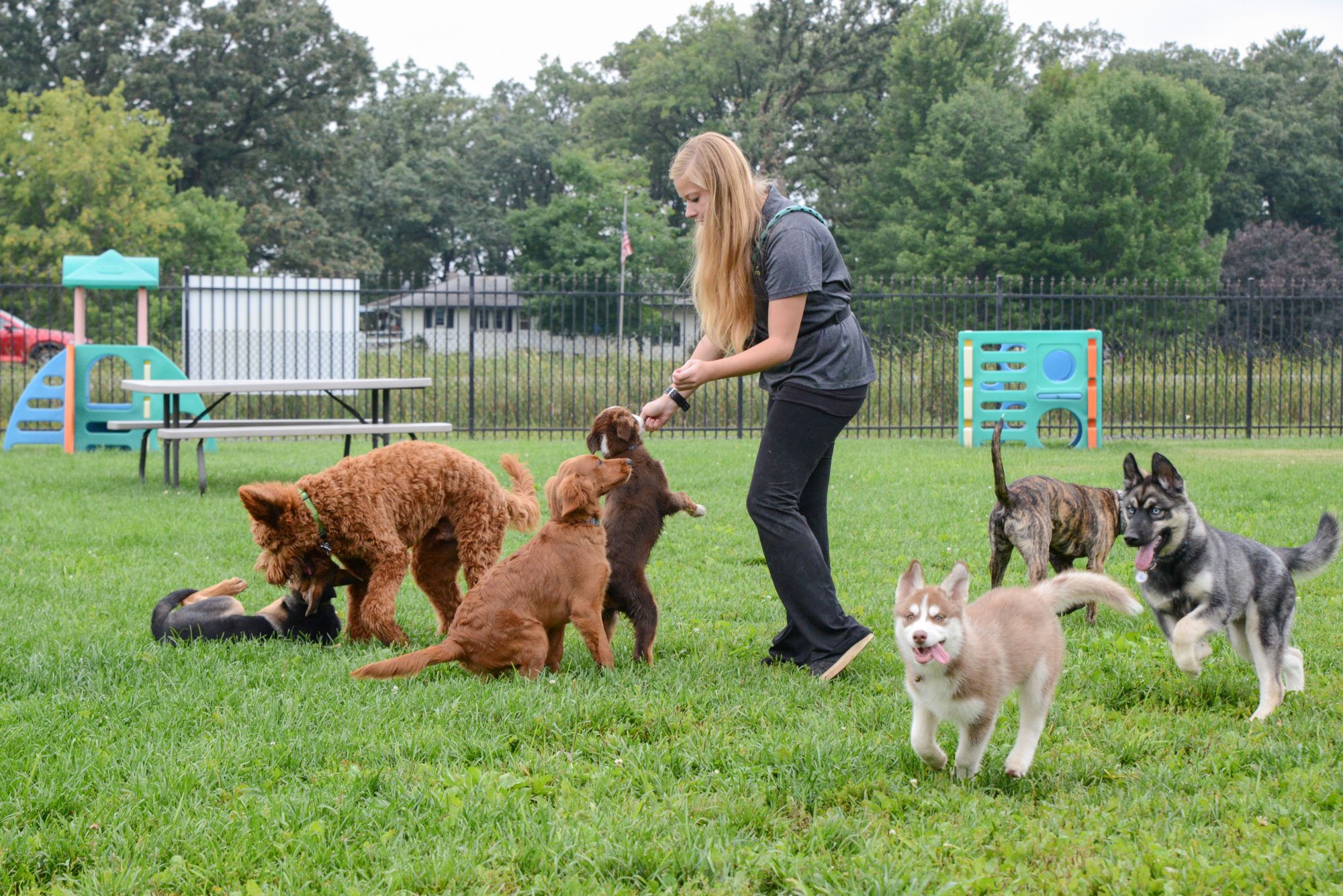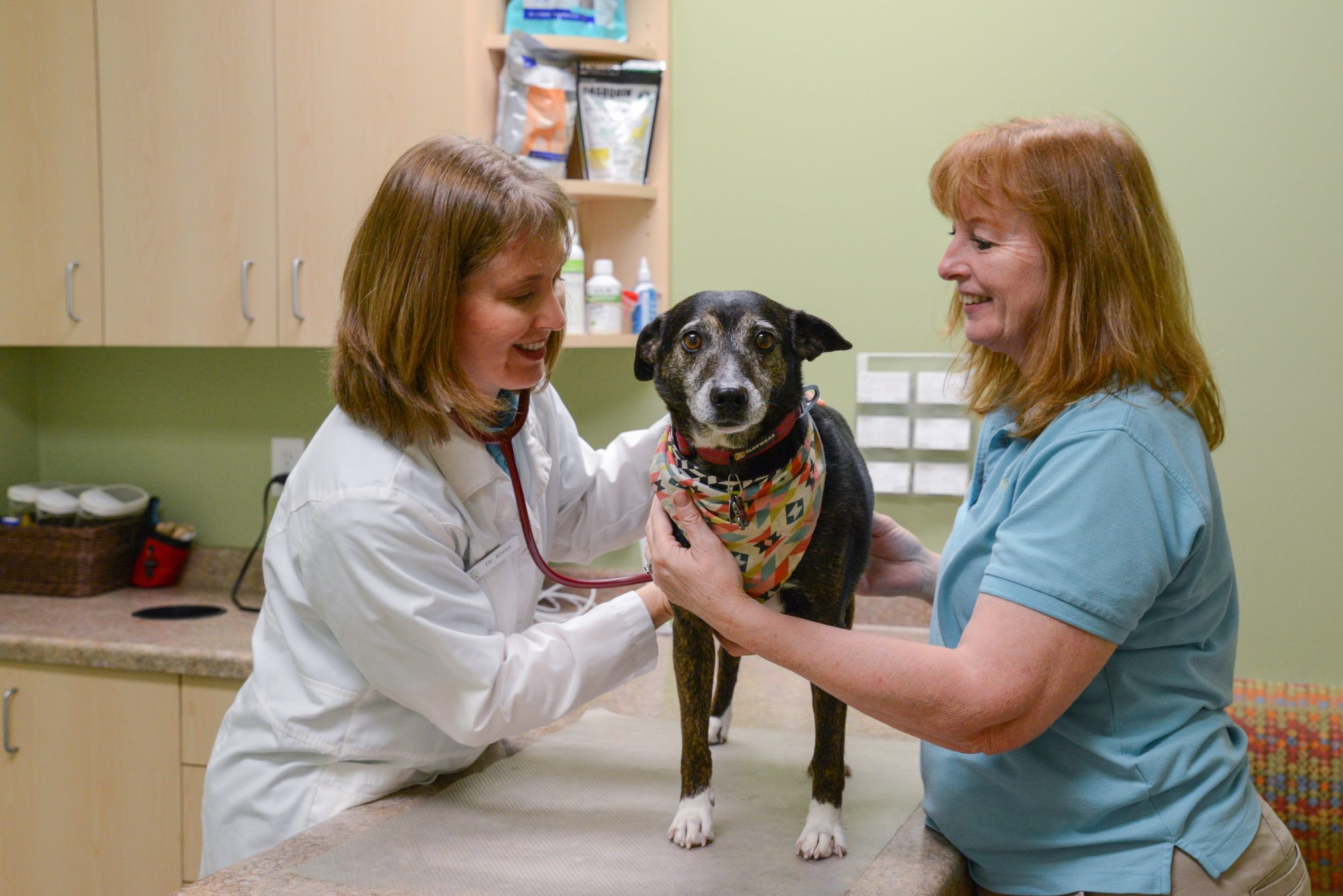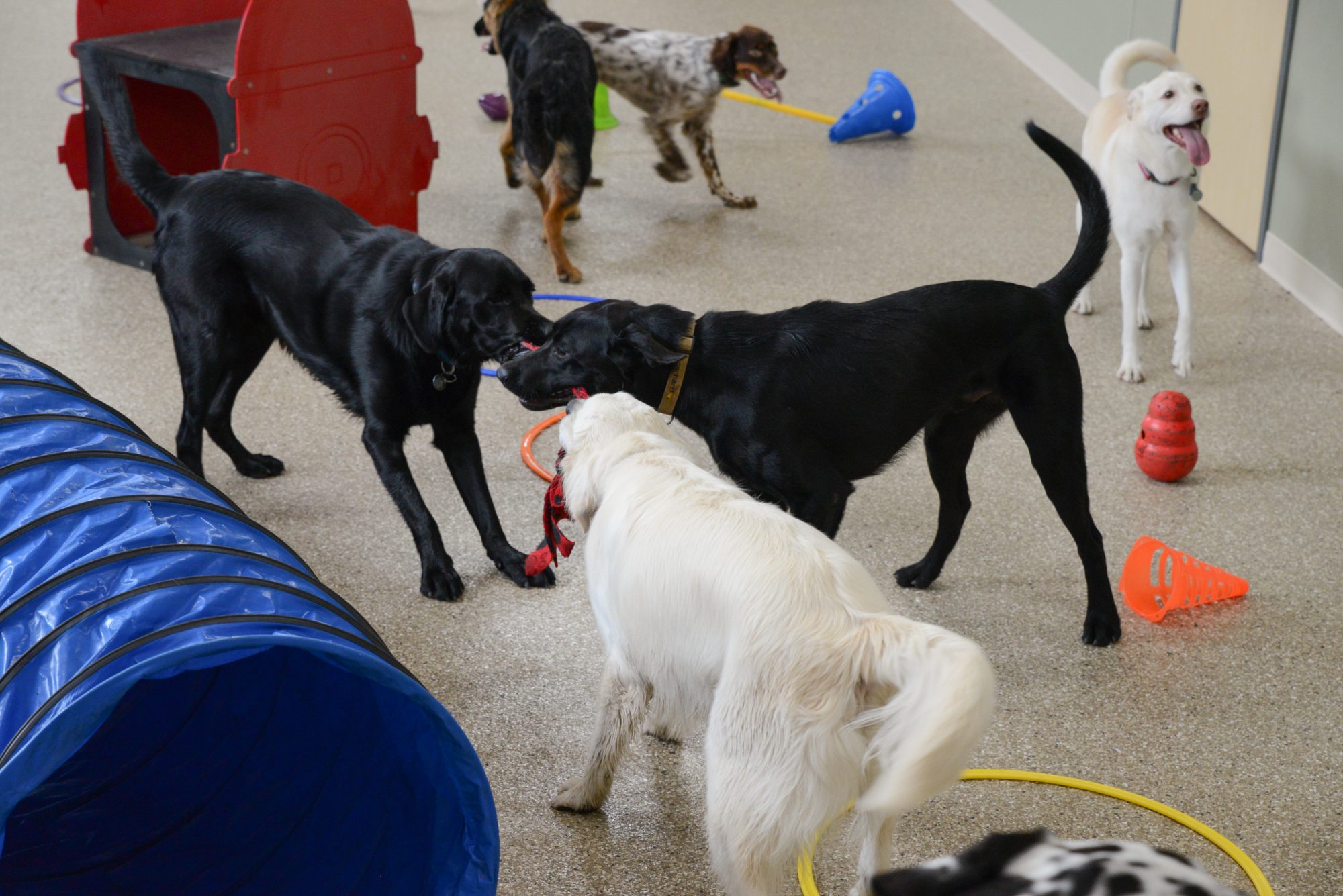Posts in Category: ZimmVet News & Events
Benefits Of Buying Local
By Dr. Maria Krenz, DVM – ZimmVet-763-856-4848

Even Pets Benefit from Buying Local
Spending your money locally in your community has been a movement from local-grown foods to local products. In the veterinary industry, we are no different. You can choose to bring your business to a locally owned veterinary clinic or a large corporately owned clinic. You can choose to purchase product or medication from a local clinic or an online source thousands of miles away.
We Work Hard for Your Business
Locally owned veterinary clinics know that it is not just enough to be “local.” We need to earn your business as well. That means providing personalized top-of-the-line care and customer service. Our employees work hard to answer calls, emails, texts, social media comments and make your in-clinic experience a positive one. We are here to help you and your pet.
Continue…Lyme Disease Prevention
By Dr. Maria Krenz, DVM – ZimmVet-763-856-4848

Lyme Disease High Risk for Zimmerman Dogs
In the Zimmerman area, dogs are at a high risk for contracting Lyme disease from a tick bite. In 2017, 12.78% of all of the dogs tested in Sherburne County for Lyme disease were positive for this painful disease. Now is the time to make sure your pet is protected. The best level of protection includes using a Lyme vaccination, tick prevention products as well as checking your pet daily for ticks.
Continue…Tick Control
By: Rebecca Brethorst, CVT

Lyme Disease Awareness
May is Lyme disease awareness month. According to the the Companion Animal Parasite Council (CAPC) 1 in 10 dogs tested positive for Lyme disease in Sherburne county in 2018. The bite of a tick infected with Borrelia Burgdorferi bacteria causes Lyme disease. Symptoms of Lyme disease in dogs include; fever, lameness, lethargy, loss of appetite, and swelling of joints. As Lyme disease progresses, it can lead to kidney failure and death. Dogs that spend a lot of time outdoors are most commonly infected with Lyme disease. However, ticks can be carried into yards on other animals and dogs can become infected just by going into a fenced back yard to use the bathroom. Tick control is extremely important for the prevention of Lyme disease. Check your dog daily for ticks and remove them quickly. Vaccinating your pet for Lyme disease and using a tick preventative as directed by your veterinarian are also crucial to the prevention of Lyme disease. If your dog is experiencing any of the symptoms above call your veterinarian to have your pet seen as soon as possible.
Skin Tumors In Pets
By Dr. Maria Krenz, DVM – ZimmVet-763-856-4848

Common Skin Tumors in Pets
Lumps and bumps are common occurrences among pets. Once a lump or bump is found, the main goal is to determine if the mass is malignant (cancerous) or benign (non-cancerous), and if it needs to be surgically removed. In order to make this determination, a sample with a needle is taken by a veterinarian and evaluated under a microscope, or the mass can be surgically removed and tissue can be evaluated. Visiting your veterinarian, as soon as a tumor is found, is the best course of action.
Continue…Common Pet Vaccination Questions
By Dr. Maria Krenz, DVM – ZimmVet-763-856-4848
Vaccinating your dog or cat is part of keeping them healthy. Here are a few misconceptions pet owners often have.

I was told my puppy or kitten was current on vaccinations when adopted
Puppies and Kittens need a series of 2-3 vaccination boostered every 3-4 weeks until they are over 16 weeks old. If your pet is under 16 weeks old when adopted, then they were probably started on their series, but need additional vaccinations to receive full immunity. Most humane societies and rescues will do certain vaccinations such as distemper combination and rabies, if the pet is old enough. Vaccinations that are frequently not given by rescues or humane societies include leptospirosis, lyme, influenza and feline leukemia. After adoption, you should schedule an appointment with your veterinarian to discuss what is needed for your pet.
Continue…Learning How To Safely Handle and Interact With Dogs

- 4.7 million people are bit by a dog each year
- Children are at highest risk of dog bites
- Most bites to children are on the face
- Most bites are from a family or friend’s dog
Safely pet a dog. Ask permission. Approach the side of the dog facing the same direction. Extend hand with fingers curled. Let dog sniff hand. Pet over the shoulder
Safe behavior around dogs. Never pet a dog behind a fence, tied up, eating or playing with a toy, mother dog with puppies, sleeping dog, or a hurt dog. Do not take things away from dogs; ask an adult.
If a dog attacks you. Stand like a tree. Lie like a log. Don’t run, don’t talk, move away slowly. If you get knocked over, lay like a log and cover your neck.
Practice safe dog behavior. Just like practicing for a fire at home, your children need you to help them understand how to safely enjoy dogs and review the above steps.
Additional Resources:
- www.avma.org/public/Pages/Dog-Bite-Prevention.aspx
- www.cdc.gov/features/dog-bite-prevention/index.html
- ZimmVet.com
Signs Of Pain In Pets
By Dr. Maria Krenz, DVM – ZimmVet-763-856-4848
Common signs of Pain in Pets
Many pet owners think that their pet must not be in pain because they are not yelping or crying. Often pets hide their pain, the signs they show are more subtle. For pets this is a survival mechanism and if they show pain by vocalizing they are more likely to fall prey to another animal. Listed are the most common signs that pets will show when they are having pain. If you have concern that your pet is painful schedule an appointment with your veterinarian.
Continue…Helpful Tips To Prevent Pet Weight Gain
By Dr. Maria Krenz, DVM – ZimmVet-763-856-4848

Prevent Pet Weight Gain This Winter
Long Minnesota winters can be hard on people, and their furry pet companions. Multiple factors lead to pet weight gain in the winter. Pets that gain weight over the winter often have more problems with arthritis, and they are at higher risk for diabetes, heart disease and many other ailments. In addition, older pets do not usually lose these extra pounds in the summer. This can create an endless cycle of weight gain every year. Preventing weight gain and obesity in your pet can add years to their lifespan, creating more time to spend with your special friend.
Continue…Add Years to Your Pet’s Life
By Dr. Maria Krenz, DVM – ZimmVet-763-856-4848

Advances in medical technology and preventative care are allowing pets to live longer, happier lives. It is not uncommon for cats to reach 20 plus years of age, and small dogs to live 18-20 years. More often pets are seen as a family member and people are looking for ways to spend as much time as possible with their beloved pets. Owners can influence their pet’s lifespan and quality of life with a few simple care guidelines.
Ideal Weight-Add 2 Years of Pet Life
Extensive research has been performed to evaluate the effects of obesity on lifespan and medical conditions, such as arthritis. Data shows that an ideal weight pet will live on average two years longer as compared to its obese littermate. Since pet owner’s control their cat or dog’s feedings, lifespan is directly influenced by an owner’s ability to regulate calories and provide adequate exercise.
There are many resources available for pet owners to help their pet’s lose weight. The first step is to schedule an appointment with your veterinarian to set a goal weight for your pet, calculate their calories needed for safe weight loss and create a weight loss plan.
There are many tools available to help pet owners achieve their pet’s weight loss goals. The PortionPro™ Rx Pet Feeder is an automatic feeder tailored to each individual pet in the household. It is available on ZimmVet’s online store ZimmVet.com click on Online Pet Pharmacy.
Continue…Canine Emotional States and Support
By Kari Meyer, Daycare & Hotel Manager– ZimmVet-763-856-4848

At ZimmVet, we understand that a pet’s health extends beyond physical exams and vaccinations to include the mental and emotional well-being of your furry family member. This is why we are dedicated to creating a low stress environment for all of our canine guests visiting the Veterinary Clinic, Pet Hotel, Dog Daycare, Grooming Salon, or Training School.
Wouldn’t life be great if dogs could tell us what they are thinking and feeling? They can! Dogs communicate via stress signals and body language, which takes both experience and training to be able to read. Luckily, our staff at ZimmVet undergo extensive training to do just that!
Continue…

